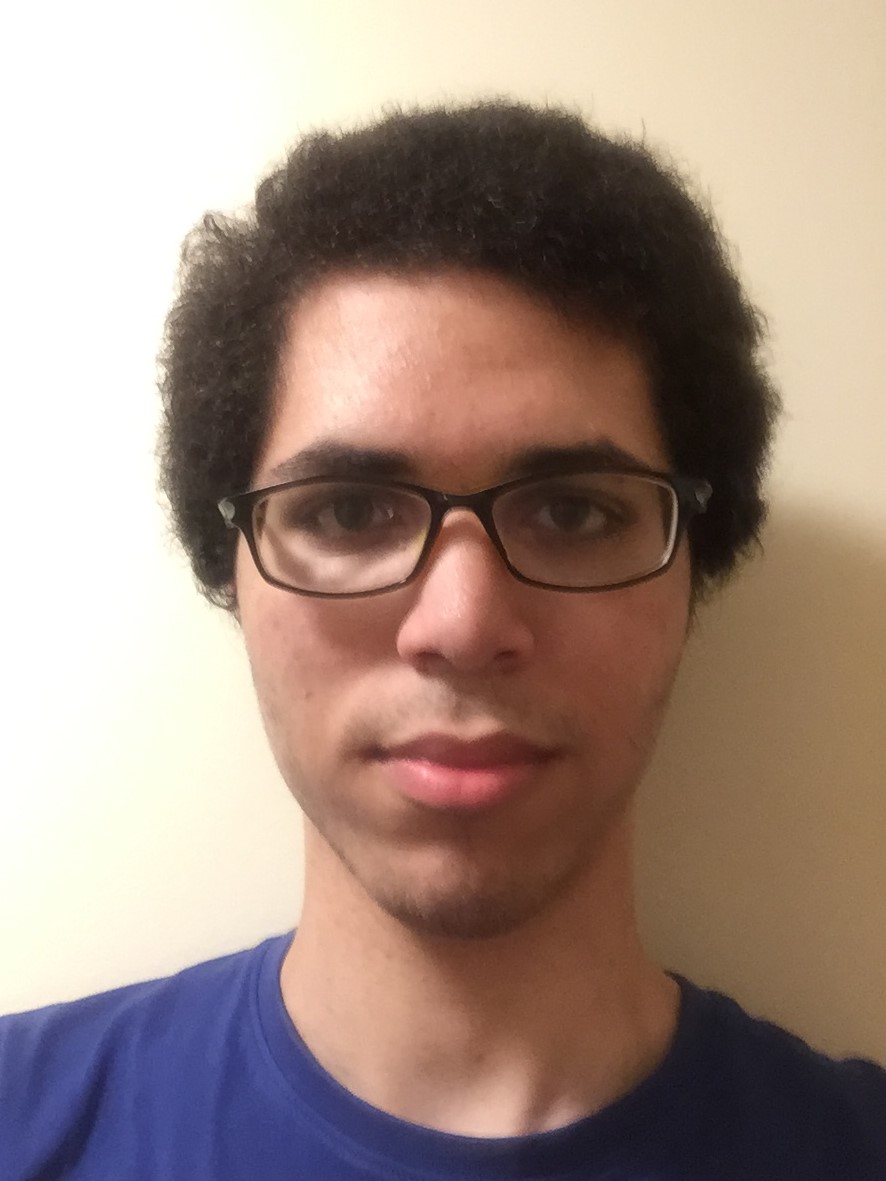Below is a summary of the abstract you submitted. Presenting author(s) is shown in bold.
If any changes need to be made, you can modify the abstract or change the authors.
You can also download a .docx version of this abstract.
If there are any problems, please email Dan at dar78@pitt.edu and he'll take care of them!
This abstract was last modified on May 3, 2018 at 11:43 a.m..

The students of Washington University in St. Louis, in conjunction with the SEA-PHAGES program, isolated and annotated 7 novel Streptomyces griseofuscus and Streptomyces lividans bacteriophages. Collectively, these discoveries can provide significant contributions to our understanding of the overall diversity of phages in the St. Louis Area. The 7 annotated phages all belong to the Siphoviridae morphotype; two are members of the BE2 cluster, one was assigned to each of the BM, BK1, and BK2 clusters, and two new phage are Singletons. Phages Kromp and Kradal are highlighted here as bioinformatically interesting targets for specific further investigation. Kromp is a novel lysogenic bacteriophage with no close neighbors. It has a 58,268 bp genome with a 9-base 3’ overhang. Kromp is almost entirely genetically novel, with BLASTn showing only 0.40% genome alignment to its closest related phage (pZL12). Only 27 of its 95 protein-coding genes were placed in phams, most of which only contain 2 members. Kromp’s gene cluster 65-67 contains an unusual pattern of coding potential that is indicative of active coding in multiple frames. This could be the result of a very large overlap between genes, or alternatively, the presence of an undetermined slippery sequence. Kradal is the third phage to be added to the prolate-head BM Cluster, which also contains phages Satis and JustBecause (both isolated at Washington University in St. Louis in 2016). Its 186,383 bp genome is very similar to that of Satis, save for a ~300bp deletion. In addition to their prolate head shape, these phages share a lytic life cycle and extremely large genomes – JustBecause possesses the smallest genome in the cluster, yet is it is still 184,281 bp. With just three phages in the BM cluster, there is already distinct diversity among them: JustBecause is only about 34% similar to Kradal and Satis by BLASTn comparison, suggesting that they have had significant time to diverge. Future discoveries of St. Louis-area prolate-headed phages should provide a clearer picture of the diversity and relative age of the cluster

